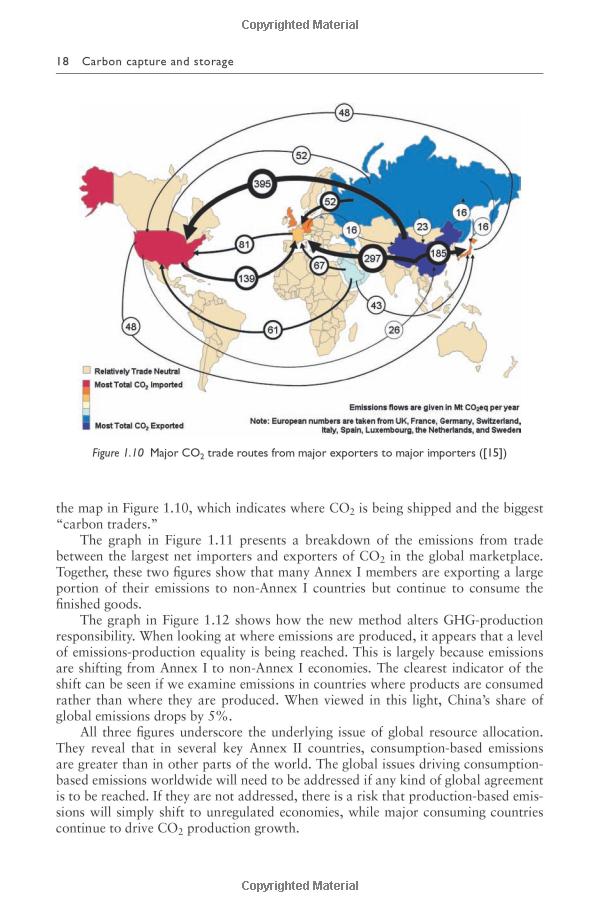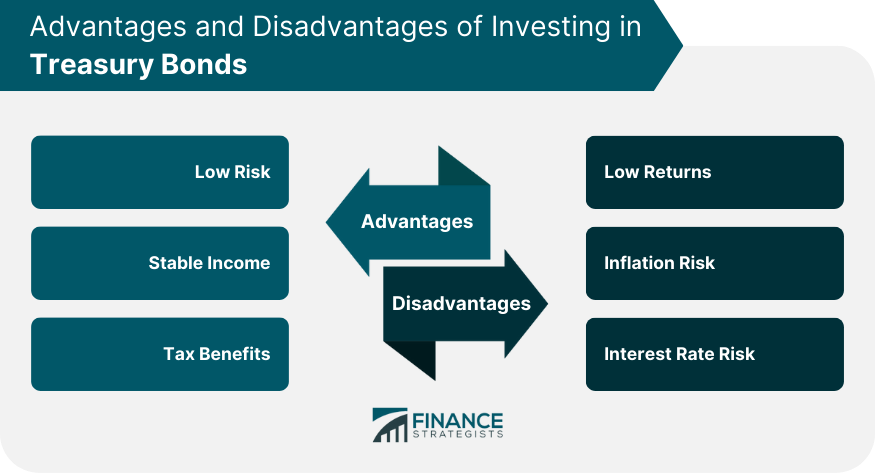Investigating the Impact of War Loan Bonds on Economic Recovery
Guide or Summary:Historical Significance of War Loan BondsModern Applications of War Loan BondsStrategic Considerations in Issuing War Loan BondsThe outbrea……
Guide or Summary:
- Historical Significance of War Loan Bonds
- Modern Applications of War Loan Bonds
- Strategic Considerations in Issuing War Loan Bonds
The outbreak of war can have profound and far-reaching effects on a nation's economy. As countries grapple with the dual challenges of preserving their national security and maintaining economic stability, war loan bonds emerge as a critical financial tool. These instruments, issued by governments to fund war efforts, not only serve as a means of raising essential capital but also play a pivotal role in the economic recovery process. This comprehensive analysis delves into the intricate mechanisms by which war loan bonds contribute to economic resilience, examining their historical significance, modern applications, and the strategic considerations that shape their deployment.

Historical Significance of War Loan Bonds
The concept of war loan bonds dates back to ancient civilizations, where rulers often sought the financial backing of their citizens to finance military campaigns. However, it was during the 19th and early 20th centuries that these instruments gained widespread recognition and strategic importance. The American Civil War, for instance, saw the issuance of war bonds to finance Union military operations. Similarly, during World War I, the British government issued war bonds to finance its war efforts, reflecting the growing reliance on these financial instruments to support wartime economies.
Modern Applications of War Loan Bonds
In contemporary times, war loan bonds continue to play a vital role in the economic mobilization efforts of nations facing armed conflicts. The financial instruments have evolved to cater to the diverse needs of modern economies, offering a range of options from traditional bonds to more complex financial products. These adaptations have enabled governments to attract a broader investor base, including institutional investors and foreign entities, thereby diversifying the funding sources for war-related expenditures.

Strategic Considerations in Issuing War Loan Bonds
The deployment of war loan bonds is not without its complexities. Governments must carefully weigh the strategic implications of issuing these instruments, considering factors such as the level of public support, the perceived risk associated with the conflict, and the broader economic conditions of the nation. For instance, in times of economic hardship, governments may face challenges in attracting investors, necessitating innovative approaches to enhance the appeal of war loan bonds. Additionally, the design and structure of these financial instruments must align with the specific financial objectives of the issuing government, ensuring that they effectively support the nation's economic recovery efforts.
The role of war loan bonds in the economic recovery process cannot be overstated. These instruments, by mobilizing financial resources and providing a stable funding mechanism for war-related expenditures, play a crucial part in enabling nations to navigate the tumultuous waters of conflict. As we continue to witness the evolving landscapes of global economies and geopolitical dynamics, the strategic deployment of war loan bonds will remain a critical component of a nation's economic resilience and recovery strategy. By understanding the historical significance, modern applications, and strategic considerations of war loan bonds, policymakers can better harness their potential to foster economic stability and growth in the face of adversity.
